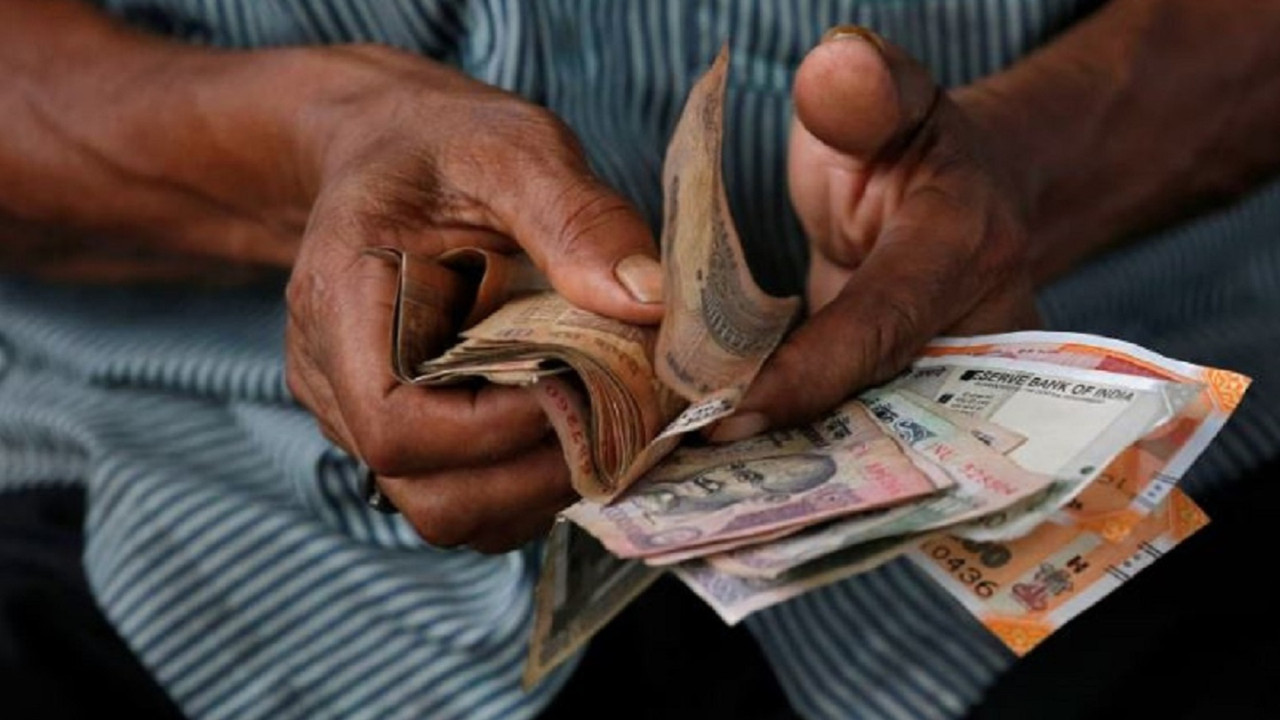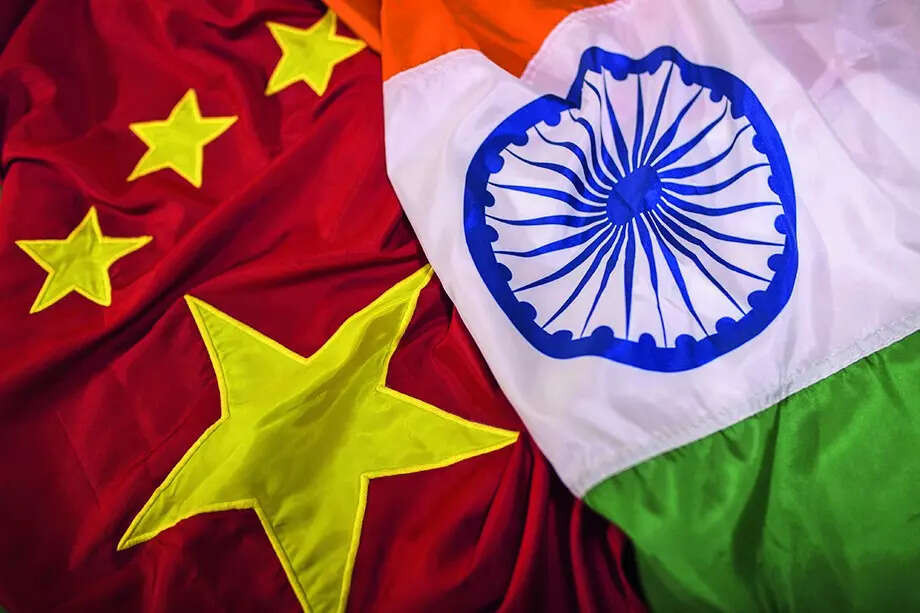India plans to revamp its inflation index. The government will use e-commerce data from platforms like Amazon and Flipkart. This shift reflects changing consumption patterns. Digital spending, including streaming services, will be included. The new index is expected early next year. A new GDP series and services production index are also in the works.
Your Online Shopping Habits Are About to Change How India Tracks Inflation
For years, the way India has measured inflation has relied on data collected primarily from brick-and-mortar stores. But let’s be honest, how often are you actually going to the local market when you can snag a deal with a few clicks on your phone? The government recognizes this shift, and they’re about to shake things up in a big way by factoring in online prices from giants like Amazon and Flipkart. Prepare for a new era in understanding the cost of living – one that actually reflects where and how we spend our money.
Why the Inflation Calculation Needs a Digital Makeover
Think about your own spending habits. How much of your shopping is done online? Chances are, it’s a significant chunk. The current Consumer Price Index (CPI), the primary tool for measuring inflation, largely overlooks this massive digital marketplace. This means the official inflation rate might not be accurately reflecting the prices you are paying for everyday goods.
The rise of e-commerce has been nothing short of a revolution. From groceries and clothing to electronics and home goods, we’re buying more and more online. Ignoring this data paints an incomplete, and potentially misleading, picture of the Indian economy. It’s like trying to understand the weather by only looking at half the sky.
Amazon and Flipkart Data to Be Incorporated
The government’s plan involves actively tracking prices of goods sold on major e-commerce platforms like Amazon and Flipkart. This isn’t just about including online data; it’s about capturing the nuances of the digital marketplace. Things like discounts, flash sales, and varying prices based on location or time of day will now be factored in. This could lead to a more realistic and responsive CPI, giving policymakers a better understanding of the true inflationary pressures facing Indian consumers. This new approach to tracking inflation should provide a much more accurate reflection of everyday spending.

A More Accurate View of Inflation
So, what does this mean for you? A more accurate CPI has several important implications.
* Better Policy Decisions: A truer picture of inflation allows the Reserve Bank of India (RBI) to make more informed decisions about interest rates and monetary policy. This, in turn, can impact everything from your loan EMIs to the returns on your savings.
* Fairer Wage Negotiations: When inflation is measured accurately, it strengthens the basis for wage negotiations. Employees can argue for fair compensation adjustments that keep pace with the real cost of living.
* Improved Social Welfare Programs: Many social welfare programs are linked to inflation. A more precise CPI can ensure that these programs are adequately funded and effectively reach those who need them most.
Challenges Ahead
Integrating online pricing data isn’t without its challenges. E-commerce platforms are vast and complex, with prices fluctuating constantly. Ensuring data quality, consistency, and comparability will be crucial. The government will need to develop robust methodologies and collaborate closely with e-commerce companies to overcome these hurdles. This includes addressing issues like product standardization, dealing with bundled offers, and accounting for shipping costs.
Furthermore, the government must maintain transparency in its data collection and analysis methods to maintain public trust and ensure the integrity of the CPI. A clear and open process will be essential for building confidence in the revised inflation measure. This may also necessitate updating the basket of goods and services used to calculate the CPI to better reflect current consumption patterns. For example, are streaming services adequately represented?
The Future of Inflation Measurement in India
The inclusion of online pricing in India’s CPI is a significant step toward modernizing the way the country measures inflation. It acknowledges the profound impact of e-commerce on our lives and promises a more accurate reflection of the economic realities faced by Indian consumers. While challenges remain, this move signals a commitment to staying ahead of the curve in a rapidly evolving digital economy. This new system should ensure that measurements of inflation more accurately reflect the prices consumers pay.
It’s a welcome change and positions India among the leading nations striving to capture a full picture of the economy in the digital age. This shift ultimately benefits everyone by providing a better foundation for economic decision-making and ensuring that our financial policies are grounded in accurate, up-to-date information. This data will also be helpful for other government agencies, such as those tracking poverty rates or designing consumer protection policies. For more information on how economic data is used by the government, see this related article.
Slug: india-inflation-online-prices







